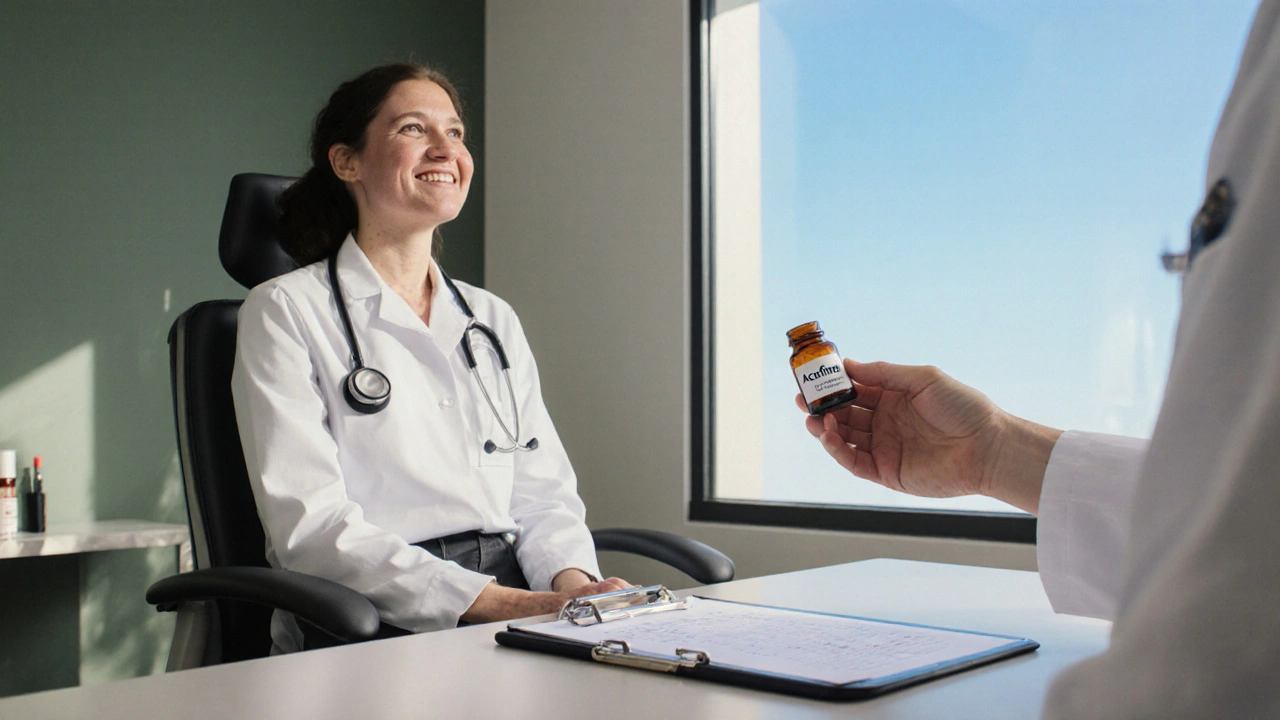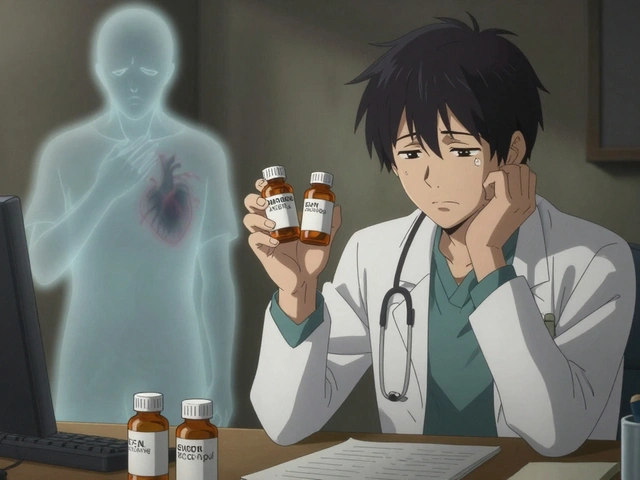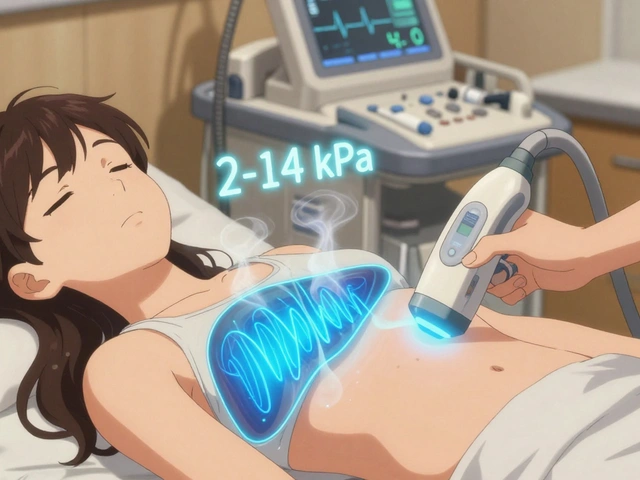Acne Treatment: Proven Ways to Clear Your Skin
When working with Acne treatment, a set of medical and lifestyle approaches aimed at reducing pimples, blackheads, and inflammation on the skin. Also known as acne therapy, it helps you regain confidence and avoid scarring. Acne treatment starts with understanding the root causes, which often include excess oil, clogged pores, and bacterial overgrowth. One of the oldest and most reliable ingredients is Benzoyl peroxide, an antibacterial agent that kills Propionibacterium acnes and reduces inflammation. It works by releasing oxygen into the follicle, creating an environment where acne‑causing bacteria can’t survive. Most over‑the‑counter gels contain 2.5% to 10% concentrations, and dermatologists often recommend starting low to avoid irritation. Pairing benzoyl peroxide with a gentle cleanser creates a two‑step routine that tackles both surface oil and deeper bacterial layers, making it a cornerstone of any comprehensive acne plan.
Key Therapies and How They Interact
Beyond benzoyl peroxide, Retinoids, vitamin A derivatives that speed up cell turnover and prevent clogged pores are essential for tackling stubborn breakouts. Retinoids like adapalene or tretinoin increase the shedding of dead skin cells, which reduces the chance of comedone formation. They also have anti‑inflammatory properties, making them effective for both acne vulgaris and acne rosacea. For many, the best results come from combining retinoids at night with benzoyl peroxide in the morning, a strategy that balances microbial control with pore clearance. Hormonal therapy, treatments such as oral contraceptives or anti‑androgens that regulate sebum production addresses a different driver: hormone‑fluctuation‑induced oil spikes. Studies show that women with persistent adult acne often see a marked improvement when estrogen‑dominant pills or spironolactone are added to their regimen. Hormonal therapy influences acne severity by lowering androgen levels, which directly reduces oil output from sebaceous glands. Another emerging factor is the skin microbiome, the diverse community of bacteria, fungi, and viruses that live on the skin surface. A balanced microbiome can keep pathogenic bacteria in check, while dysbiosis can exacerbate inflammation. Probiotic‑rich moisturizers, prebiotic cleansers, and diet adjustments that limit high‑glycemic foods help nurture a healthier microbial environment. In practice, an effective acne plan often layers these approaches: a topical antibacterial to cut bacterial load, a retinoid to clear pores, hormonal therapy to control oil, and microbiome‑friendly habits to maintain long‑term skin balance.
Now that you’ve got the big picture, the articles below dive into each of these components in detail. You’ll find step‑by‑step guides on how to choose the right benzoyl peroxide concentration, compare retinoid options, understand when hormonal therapy is appropriate, and even learn how to protect your skin’s microbiome while using prescription meds. Whether you’re looking for safe ways to buy generic versions of acne‑related drugs or want practical tips on minimizing side effects, our collection offers clear, actionable advice. Browse the list to match your specific skin concerns with the most suitable treatment strategy and start seeing clearer results sooner.

Accufine (Isotretinoin) vs Other Acne Treatments: Full Comparison
A detailed comparison of Accufine (isotretinoin) versus other acne treatments, covering efficacy, side effects, costs, and best‑fit scenarios for patients.
Continue Reading
Buy Cheap Generic Accutane Online - Safe 2025 Guide
A practical 2025 guide showing how to safely buy cheap generic Accutane online, covering costs, verification steps, risks, and after‑care.
Continue Reading



